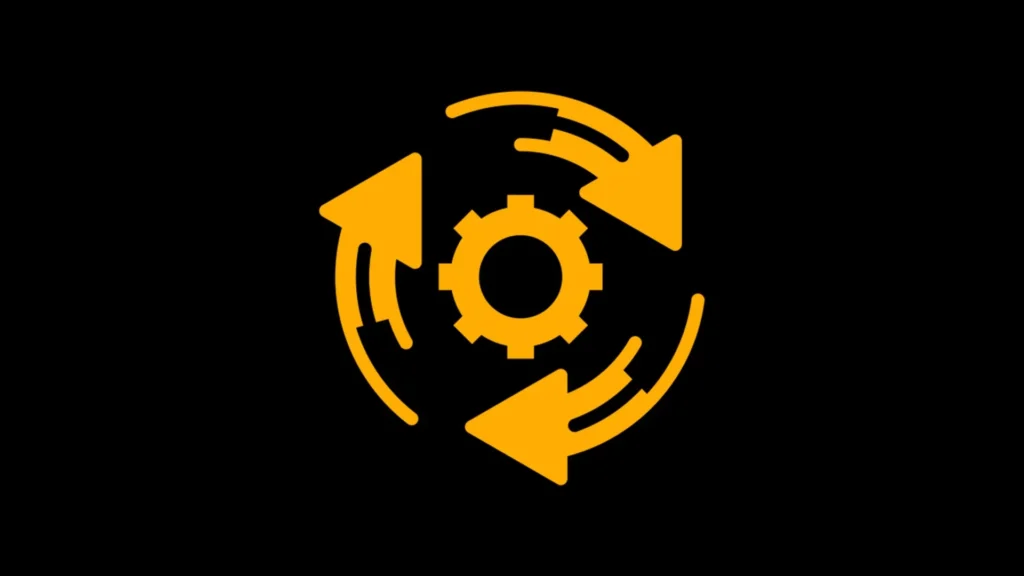So you want to repurpose your content from Substack Notes to Bluesky Post and reach a larger audience?
Maybe you’re wondering if it’s worth the effort…
Or perhaps you’re not sure how to adapt your content for a different audience.
You might even be concerned about looking like you’re just copying and pasting across platforms?
These are all valid concerns.
But what if I told you that repurposing content isn’t just acceptable—it’s actually a smart strategy?
Why you should repurpose from Substack Notes to Bluesky
Bluesky is growing rapidly, with a user base that values thoughtful, nuanced content. It’s attracting journalists, writers, and thought leaders who appreciate quality over quantity.
Unlike some other platforms, Bluesky feels less algorithm-driven and more community-focused. This creates a unique opportunity for experts like you to find new audiences who might never discover you on Substack alone.
The importance of repurposing content can’t be overstated. Here’s why: you never really know what kind of content is going to resonate better on which platform.
Back in 2020, I created YouTube videos about note-taking that weren’t getting much traction. On a whim, I decided to repurpose those ideas into Medium articles. That simple decision to repurpose allowed me to launch a profitable 5-figure course and add 3,000 email subscribers to my list in just 12 weeks.
Why did this work? Because different platforms attract different audiences with different consumption habits. What bombs as a video might soar as written content. What gets ignored on Substack might spark fascinating conversations on Bluesky.
The main differences between Substack Notes and Bluesky Posts
Substack Notes are designed for direct communication with your existing audience. They’re often used to share quick updates, thoughts, or to tease longer newsletter content. The audience there is already familiar with you and your work.
Bluesky Posts, on the other hand, operate in a more open ecosystem. They’re built for discovery and conversation among a wider community. The platform encourages more back-and-forth dialogue compared to the more broadcast-style approach of Substack Notes.
Substack Notes have a character limit of 300, forcing brevity. Bluesky gives you 300 characters too, but the platform culture embraces threading much more actively, allowing you to expand your thoughts across multiple connected posts.
Finally, Bluesky’s user base tends to value authenticity, thought leadership, and nuanced takes. They’re less tolerant of obvious marketing or content that feels mass-produced.
What makes a good Bluesky Post
Successful Bluesky content typically has a few key characteristics:
It’s conversational rather than promotional. Posts that invite discussion perform better than those that simply announce or promote.
It feels authentic and personal. Bluesky users appreciate glimpses into your thinking process, not just polished final thoughts.
It’s timely and relevant to ongoing conversations. Bluesky has a strong “water cooler” effect where trending topics spread quickly through the network.
For example, a Substack Note that says “Just published my latest newsletter on expert positioning” might fall flat on Bluesky. But reframing it as “Been thinking about how experts often position themselves as perfect rather than interesting. Anyone else notice this trend?” invites engagement and signals you’re there for conversation, not just broadcasting.
Build Your Swipe File Of Winning Bluesky Content
The best way to create effective Bluesky content is to find posts that are already performing well on the platform. Each social media platform has its own unwritten rules, and you need concrete examples to understand what to extract and rewrite.
PRO TIP: Focus on finding creators who are relatively new to Bluesky but getting significant engagement. The established influencers can often get away with content approaches that wouldn’t work for smaller accounts. Look for people who’ve built meaningful engagement in a short time—they’re the ones who’ve cracked the platform’s code.
Yes, this research takes upfront work, but it will be well worth it when your posts start getting traction.
Download my free templates file of winning Bluesky content formats you can model right away.
Simple workflow to turn Substack Notes to Bluesky Posts
Okay, so now that you’ve have these laid out…
You could either do this manually like a monkey.
Hire a VA that you need to train for weeks on Fiverr…
Or (my favorite way):
You could use AI and automation tools to make this process as smooth as butter.
Here’s an example:
As soon as you post on Substack Notes, it will automatically repurpose it to Bluesky. No extra work required.
You can start creating automations that utilize specific prompts to save your time.
N8n, Make, or Zapier are all excellent tools for building these workflows.
A simple one would be:
When a new Substack Note is published → Run it through an AI prompt → Post to Bluesky.
Here’s a prompt that’s working right now:
“Take this Substack Note and rewrite it as a conversational Bluesky post. Add a question at the end to invite responses. Keep it under 300 characters but suggest a follow-up thread if needed. Make it feel personal and thoughtful rather than promotional.”
This simple automation can help you maintain presence across platforms without doubling your workload.
Stop letting your valuable insights stay trapped on a single platform. Your knowledge deserves a wider audience, and they’re waiting for you on Bluesky right now.
Other ways to repurpose Substack Notes:
- Turn Substack Notes into X Posts
- Turn Substack Notes into Facebook Posts
- Turn Substack Notes into a Substack Article (Newsletter)
For more tips on how to repurpose your content and grow your audience with less work, sign up for my free emails below:

